Picking the right paint color for your bedroom can be tricky. It’s a choice that affects how you feel when you wake up and go to sleep each day.
With so many options available, it’s helpful to have some guidance.
We’ve put together 10 tips to help you select the ideal shade for your personal sanctuary. These tips will make the process easier and more enjoyable.
1. Consider Your Furniture Color
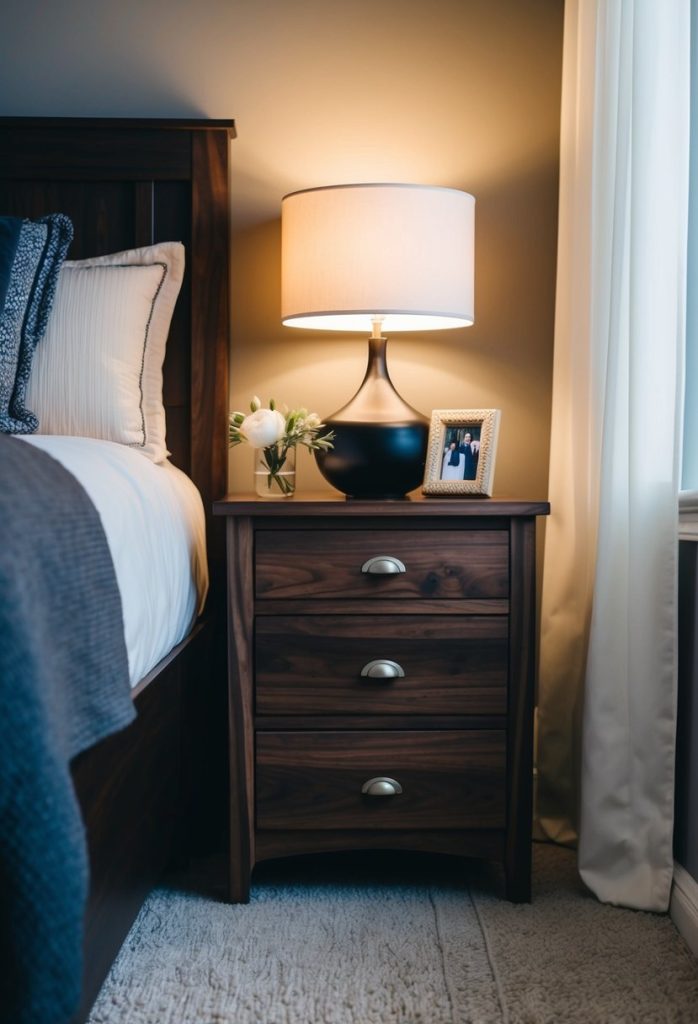
When picking a bedroom paint color, look at your furniture first. Your bed, dressers, and nightstands play a big role in the room’s look.
If you have dark wood pieces, light paint colors can create a nice contrast. For light-colored furniture, you might want deeper wall shades.
Try holding paint samples next to your furniture to see what looks best. You can also use paint apps to test different colors virtually in your space.
Also read: How To Paint Bedroom Furniture
2. Explore Nature-Inspired Shades
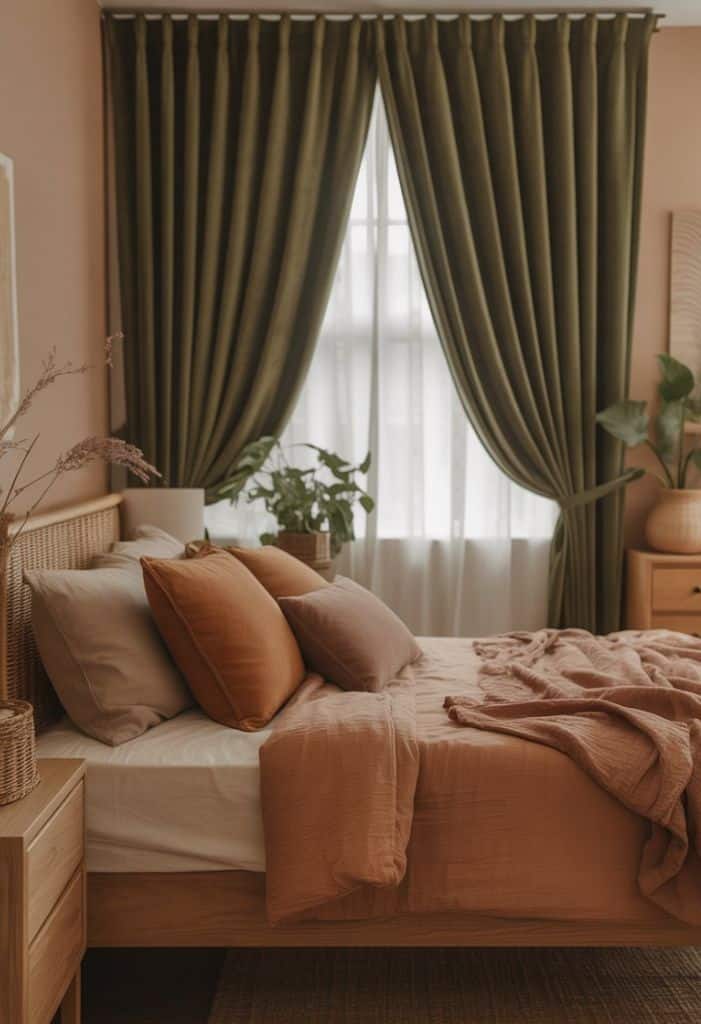
Nature can be a great source of inspiration for bedroom paint colors. Look out your window and see what colors catch your eye.
You might choose a soft sage green to match nearby trees or a soothing blue to reflect the sky. These shades can bring a sense of calm to your space.
For a coastal vibe, try ocean-inspired blues. If you prefer warmer tones, earthy browns and beiges can create a cozy feel.
3. Use Light Colors for a Small Room

Light colors can make a small bedroom feel bigger and brighter. White, cream, and pale pastels reflect more light, creating an airy feeling.
You can paint walls and ceilings the same light color to open up the space. This trick lets your eyes move smoothly around the room without stopping.
4. Try Bold Accents for Personality
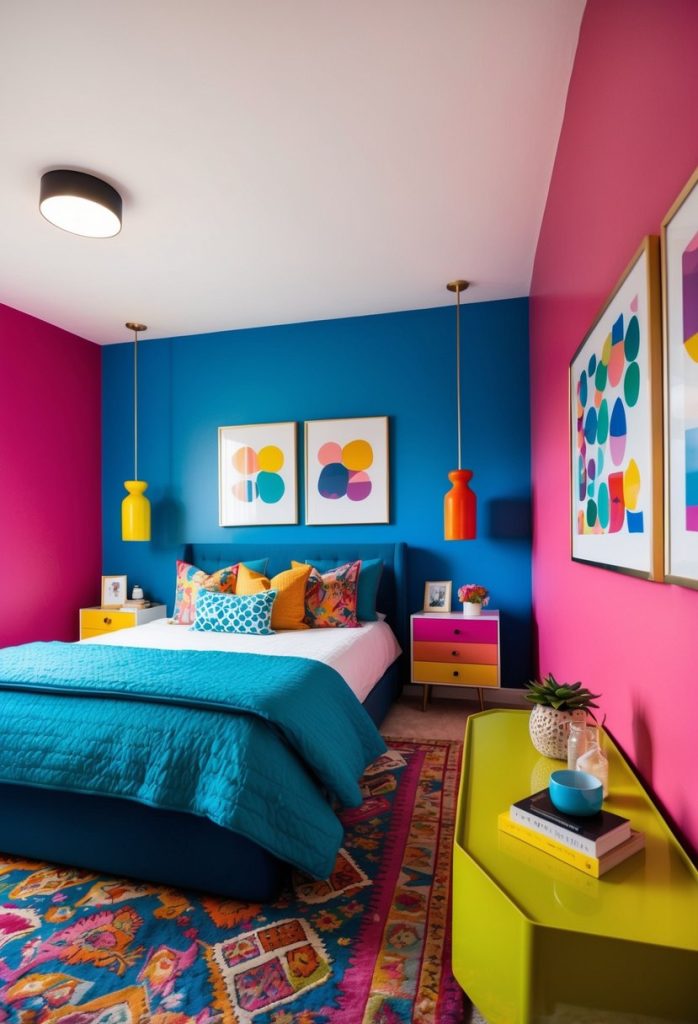
Want to add some flair to your bedroom? Try using bold accent colors! Pick a vibrant shade for one wall or a small area. This can bring energy and character to your space.
Think about colors that make you happy. Maybe a bright yellow or a deep blue? These pops of color can reflect your unique style.
5. Experiment with Mood-enhancing Tones
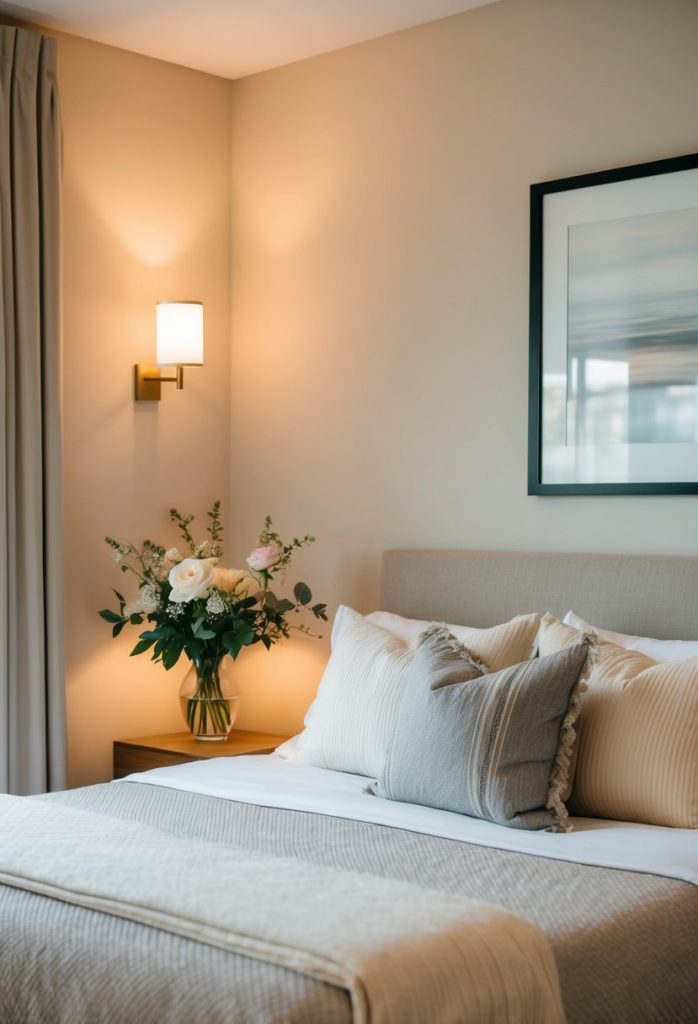
Colors can change how you feel in your bedroom. Try painting with tones that boost your mood.
Soft blues can make you feel calm and peaceful. They remind you of clear skies and quiet lakes.
Green shades might make you feel refreshed. They can bring nature inside, especially if you have plants nearby. For a cozy feel, warm colors like soft yellows or light oranges can work well.
6. Think About Long-term Preferences

When picking a bedroom paint color, think beyond current trends.
Choose a shade you’ll still love years from now. Your tastes may change over time, so opt for colors that feel timeless to you.
Consider how the color will work with your furniture and decor as they evolve. Neutral tones like soft grays, warm beiges, or muted blues often have staying power.
7. Take Advantage of Paint Samples

Paint samples are your best friends when choosing bedroom colors. Get a few small cans of your top picks and paint swatches on your walls.
This lets you see how the colors look in your actual space.
Look at the samples during different times of day. Natural and artificial light can change how a color appears. You might love a shade in the morning but find it too dark at night.
8. Use Neutral Colors for Flexibility
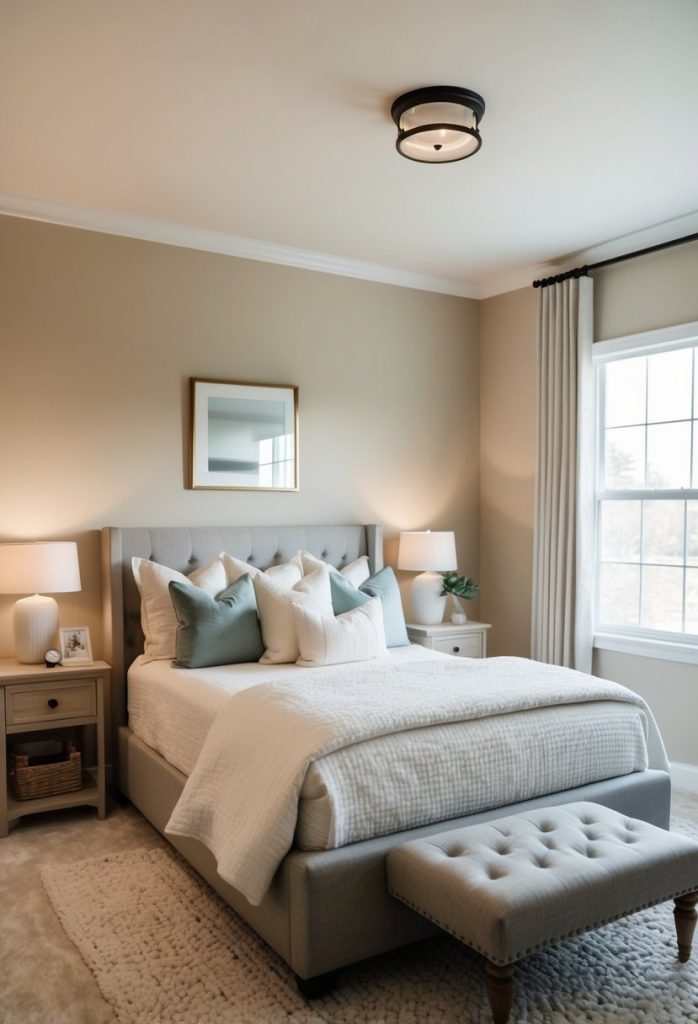
Neutral paint colors are a great choice for your bedroom. They give you lots of options when it comes to decorating.
You can easily change your room’s look by switching up bedding, curtains, or artwork.
Popular neutral colors include beige, gray, and soft white. These shades work well with many different styles. They can make your room feel calm and peaceful too.
9. Coordinate with Flooring and Decor
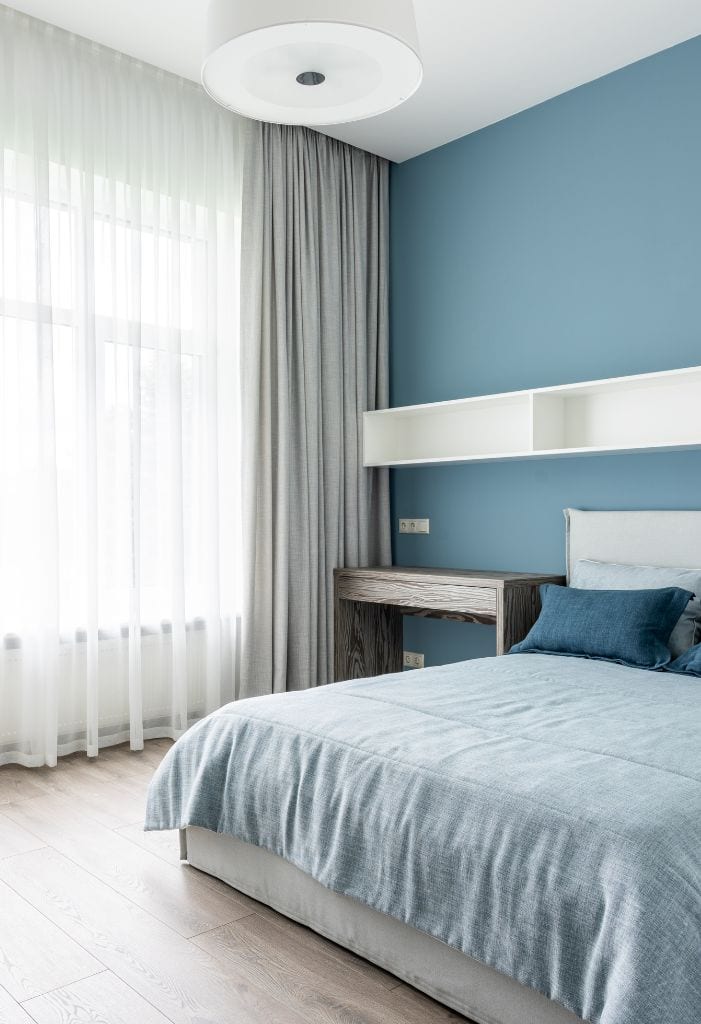
Your bedroom floor and decor play a big role in picking the right paint color. Look at your wood floors, carpets, or tiles. Choose a wall color that works well with these elements.
If you have dark wooden floors, cool wall colors like light blues or greens can look great. For light floors, warmer colors often work best.
Don’t forget about your furniture and bedding. Pick a paint color that matches or complements these items. This will help create a unified look in your bedroom.
10. Explore Seasonal Color Palettes
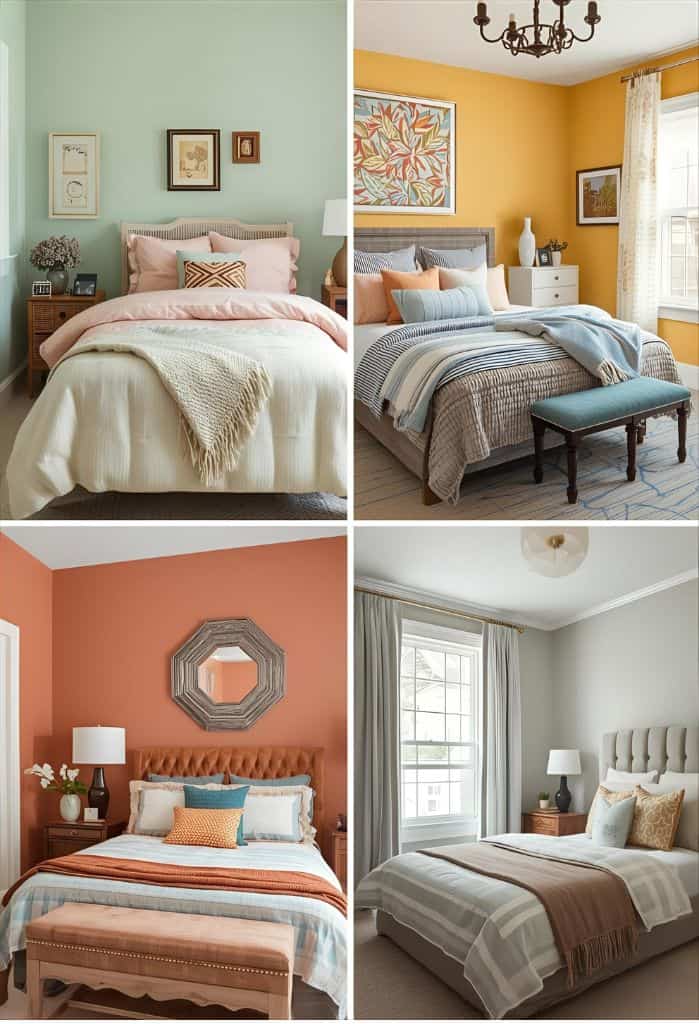
Try picking shades that match the time of year you enjoy most.
For spring, light greens and soft pinks create a fresh feel. Summer calls for bright blues and sunny yellows to bring warmth.
Fall palettes use rich oranges and deep reds for a cozy vibe. Meanwhile, winter rooms shine with cool grays and crisp whites.
